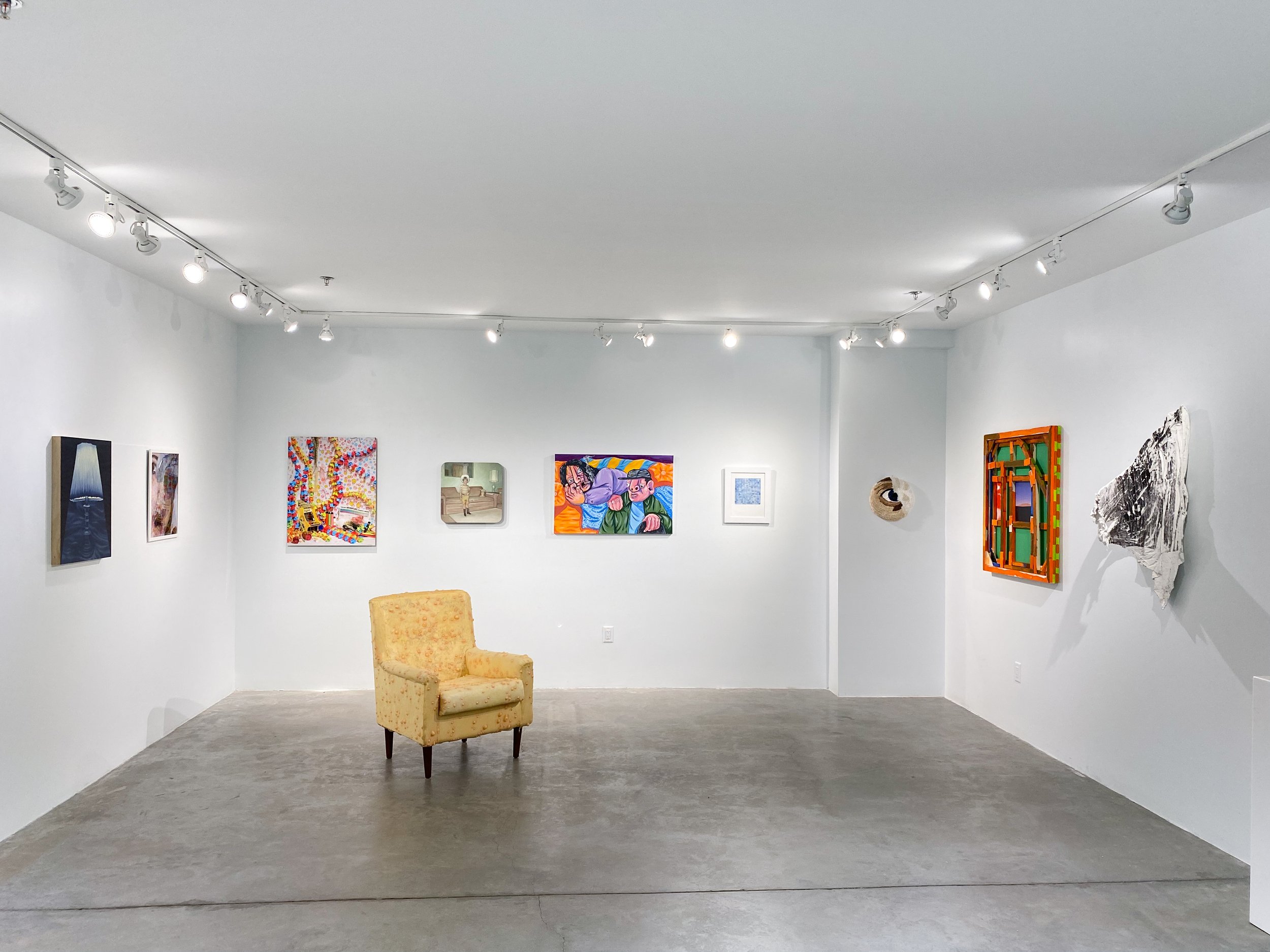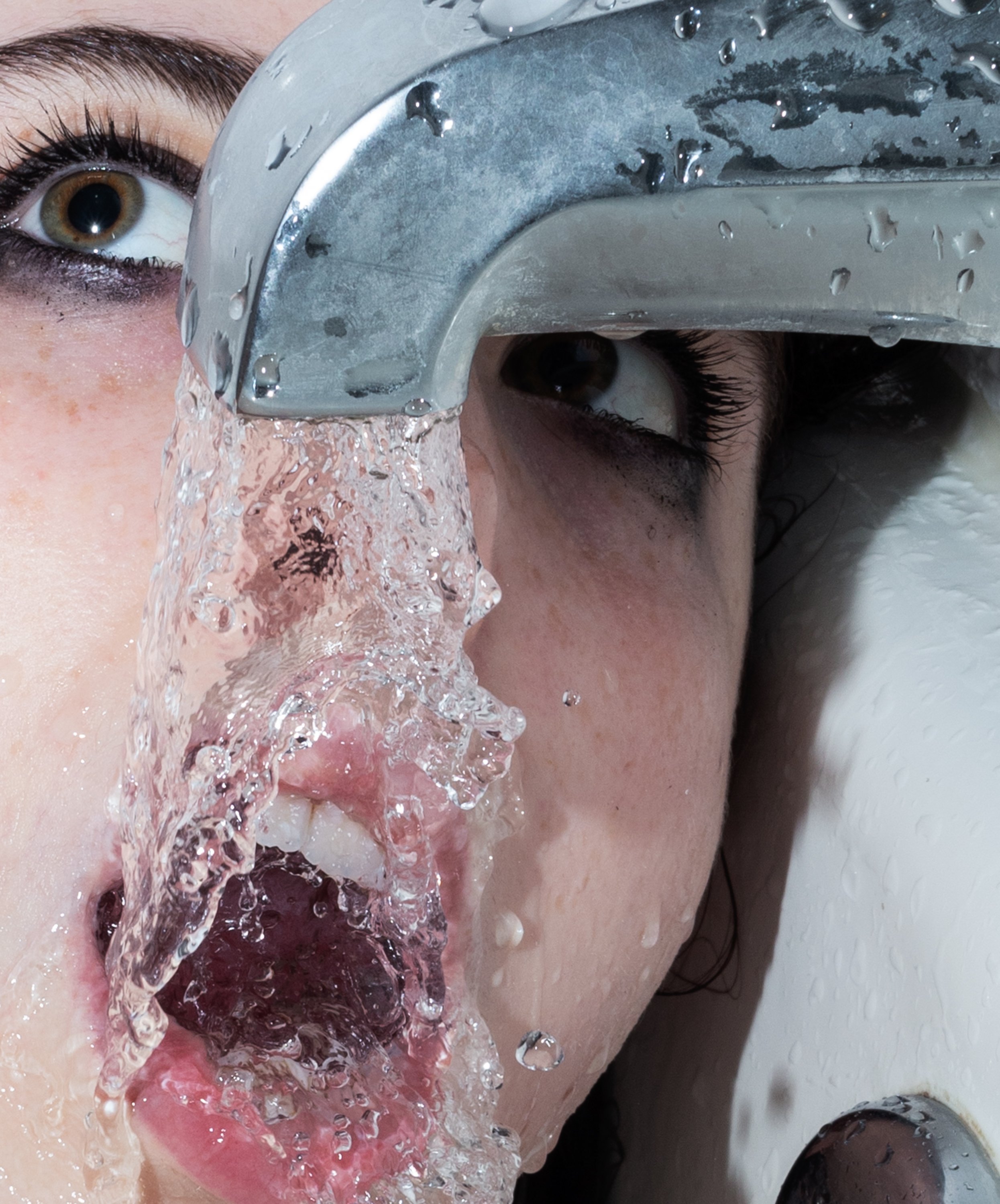Earlier this month we participated in the 2022 Boston Art Book Fair put on by the Boston Center for the Arts. It was an exciting opportunity to explore the galleries, artists, collectives, and creatives in our city. Check out some of our favorite booths we saw:
Boston Art Review
The Boston Art Review brought an assortment of issues to purchase. It was wonderful to see AOG artist Pelle Cass’ work featured at another booth at the Book Fair. Cass’ photograph is featured on the cover of Issue 03: Tracing Movement.
bostonartreview.com
Instagram: @bostonartreview
View of the booth for the Boston Art Review in the Cyclorama at the Boston Center of the Arts.
Praise Shadows Art Gallery
Praise Shadows had a mix of books, posters, and other art objects to check out. We were excited to see one of our new favorite books, Designing Motherhood, out on the booth’s spread. It was a great opportunity of visitors to get a taste for what this growing gallery has to share with the Boston art community.
praiseshadows.com
Instagram: @praiseshadowsart
View of the booth for Praise Shadows Art Gallery in the Cyclorama at the Boston Center of the Arts.
Institute of Contemporary Art, Boston
The ICA Boston had a selection of prints, books, and merchandise to choose from. We loved checking out the current exhibition book, To Begin Again: Artists and Childhood. The work of Barbara Kruger and Dr. Woo were showcased on apparel, as well as prints of Jordan Nassar’s work that is currently on view in the exhibition Jordan Nassar: Fantasy and Truth.
icaboston.org
Instagram: @icaboston
View of the booth for the Institute of Contemporary Art, Boston in the Cyclorama at the Boston Center of the Arts.
Adri Tan
It was great getting to chat with Tan about their process and learn more about their work. Tan uses portrait photography to explore identity and authority of self. Digital textile patterns are created by restating the body into repeating patterns in the zine, I Objectify Myself to Subvert Your Gaze. The textile becomes an object, allowing for the portraits of the artist’s East Asian models to reject the stereotypes and to yield autonomy of themselves. In another zine, Fashioning a Sense of Self, Tan's photographs reclaims and explores the identities of women and non-binary people of color by allowing the models to wear what they felt most themselves in. We can’t wait to see what else they will be working on next!
adriannatanphotography.com
Instagram: @atangerinee
View of Adri Tan’s booth in the Cyclorama at the Boston Center of the Arts.
Paige Mehrer at Plum Press
We are delighted by the work of Paige Mehrer of Plum Press. Her whimsical images are enchanting and there mystical blues and purples of her palette drew us in!
paigemehrer.com
Instagram: @paigemehrer
View of Paige Mehrer’s section of the Plum Press booth in the Cyclorama at the Boston Center of the Arts.
Kareem Worrell
We got to have an engaging conversation with photographer Kareem Worrell about his photograph and practice. At his booth he presented the zine, Passenger, which features Polaroids from the passenger seat of a pivotal road trip he took at the beginning of his career. He told me that he had lost the photographs from the trip for over 15 years, but thought of them often. This body of work inspired a new series call Lonely Highway that documents views from the passensger seat once again. His book, Mile Marker, is a part of the ongoing he was selling at the fair. The book showcases seventeen years worth of images that capture the ever-changing landscapes and unique atmosphere that only occurs on the open road.
kareemworrell.com
Instagram: @kareemworrellphoto
View of Kareem Worrell’s booth in the Cyclorama at the Boston Center of the Arts.
We were thrilled to exhibit three of our represented artists: Pelle Cass, Cassandra Jones, and Kristina McComb, alongside these talented creatives in Boston. It was a great opportunity for us to connect with our Boston community in a way we had not done before, and the whole team felt excited and energized by the fair - we are so grateful for all of the amazing visitors we had. Through a collection of prints, books, and small sculptural work, we showcased new and returning work by each artist: prints by all three artists gained excitement while Cass’ and McComb’s newly released books were a hit. The remaining inventory is still available for purchase on the buy now page for the fair.
Gallery intern Lauren Hill and Assistant Director Kaylee Hennessey at the booth









